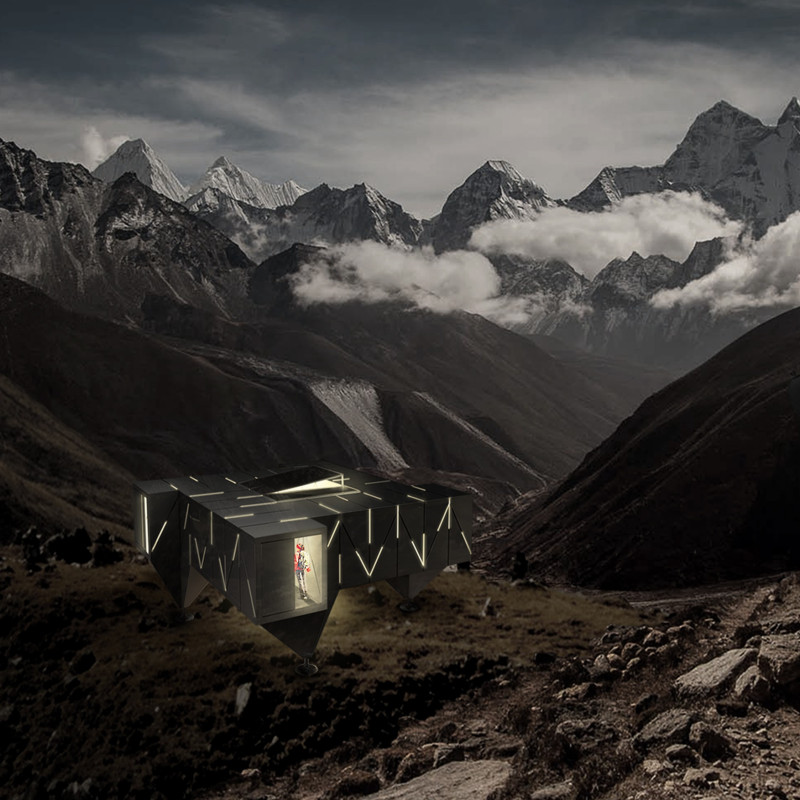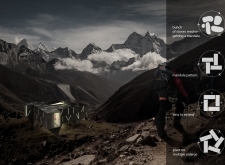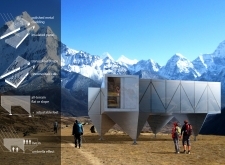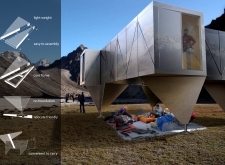5 key facts about this project
At its core, the project functions as a [insert function], catering to the needs of [insert target users, e.g., residents, students, businesses]. The design prioritizes user experience, ensuring that spaces are not only practical but also inviting. The layout facilitates interaction, encouraging engagement among users and fostering a sense of community. The spatial organization reflects a careful consideration of how individuals move through and occupy the space, with areas for collaboration seamlessly integrated with more private settings.
The project's exterior design makes a compelling statement. It features a cohesive facade that employs a palette of materials including concrete, glass, steel, and timber. These materials are not just chosen for their structural properties but also for their aesthetic qualities and environmental impacts. The use of concrete provides durability and a sense of permanence, while expansive glass elements invite natural light into the interior and create a visual connection to the surrounding landscape. The incorporation of steel frames not only supports the structural framework but also lends a modern industrial feel to the design. Wood is strategically used to add warmth, enhancing the atmosphere within the building and promoting sustainability through its renewable nature.
One of the unique design approaches taken in this project is the integration of green spaces both internally and externally. The inclusion of landscaped areas within the building enhances biophilic design principles, which emphasize the human connection to nature. These spaces not only improve air quality but also offer places for relaxation and contemplation, providing users with a retreat from the urban environment. The architecture embraces sustainability through passive design strategies, including natural ventilation and daylight optimization that contribute to energy efficiency.
Furthermore, the project reflects an innovative approach to community involvement. The design process included input from local stakeholders, ensuring that the structure reflects the values and desires of the community it serves. This participatory approach is evident in the adaptable spaces designed for various functions, allowing the building to evolve over time to meet changing needs.
The architectural design communicates a narrative about its surroundings, paying homage to the local cultural landscape while introducing modern elements that invite exploration and curiosity. The careful consideration of scale and proportion ensures that the structure harmonizes with adjacent buildings, contributing positively to the urban fabric. This dialogue between old and new creates a timeless quality, securing the project a relevant place in the architectural context of the area.
In addition to aesthetics and functionality, the construction methods employed reflect advancements in technology and sustainable practices. The project utilizes [mention any innovative construction techniques or materials], demonstrating a commitment to reducing environmental impact while ensuring structural integrity. These decisions resonate with contemporary architectural ideas and practices that prioritize sustainability and efficiency.
This comprehensive exploration of the project reveals its multifaceted nature, illustrating how it embodies thoughtful design, community engagement, and a commitment to sustainability. To truly grasp the depth of the architectural design and the detailed planning that went into every aspect, readers are encouraged to explore the project presentation further. Reviewing architectural plans, architectural sections, and architectural drawings will provide additional insights into the underlying concepts and the intricacies that define this exemplary work of architecture.

























